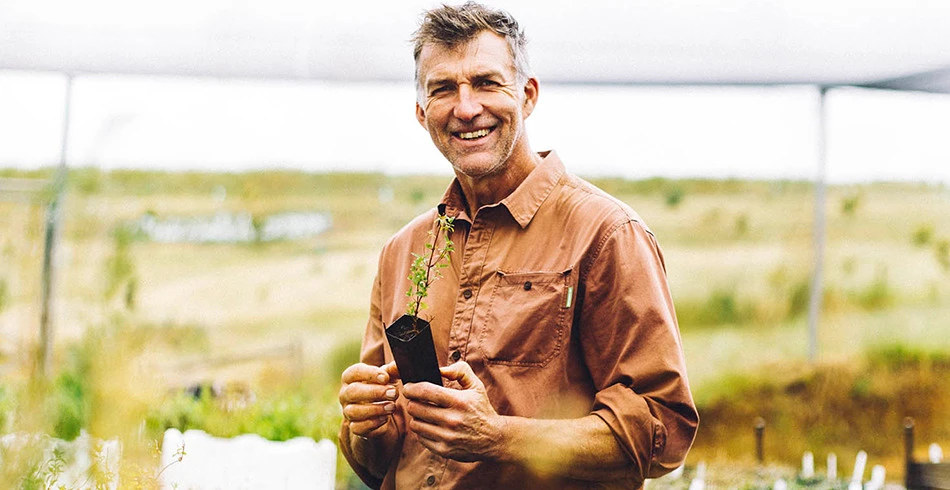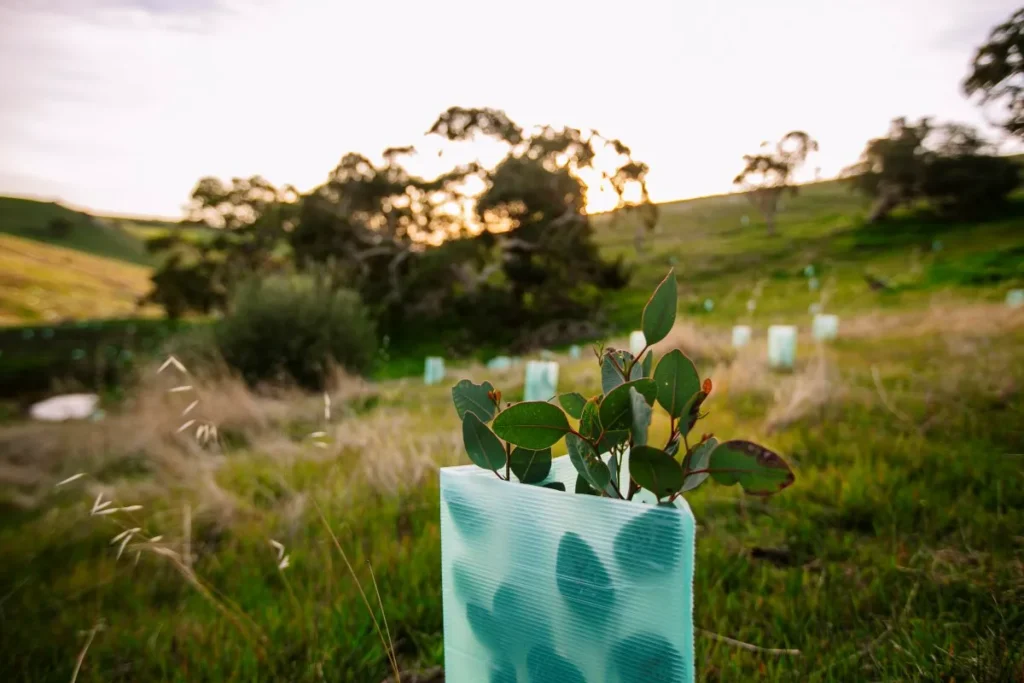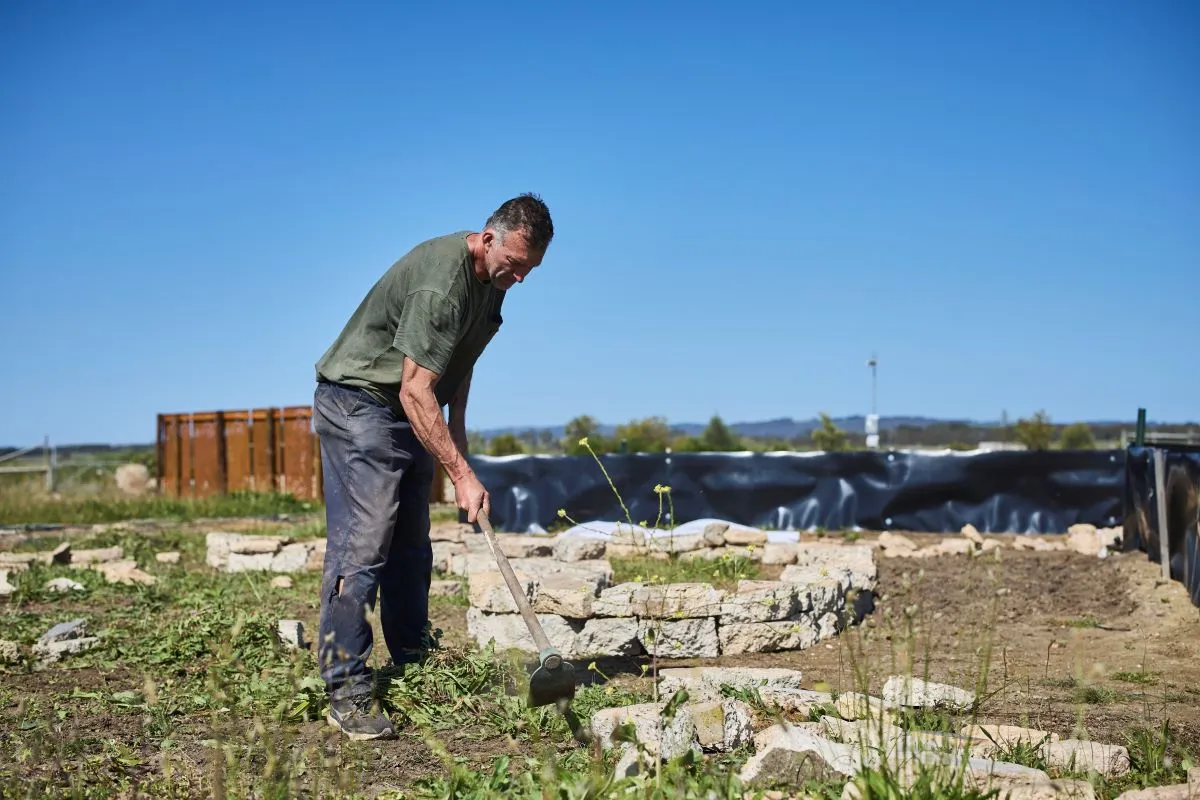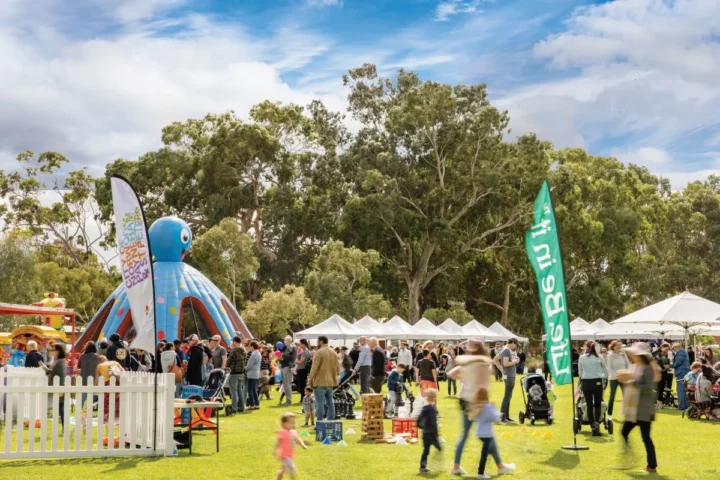WORDS: Tim Jarvis AM
With the Forktree Planting season fast approaching, I thought I’d take a moment to recognise the importance of trees in our lives (not forgetting plants and grasses). For starters, trees and plants are the engine room of the global food chain, converting sunlight into glucose via photosynthesis. Photosynthesis also produces oxygen, with 7 or 8 trees providing each of us with the roughly 550 litres of pure oxygen we breathe every day[1]. Put another way, without them there would be no us.
Forests also provide habitat and food for innumerable animals, birds and insects, with tropical forests alone home to two-thirds of the planet’s terrestrial species[2]. This same woody biodiversity also contains untold pharmaceutical wealth, with a good proportion of the medicines we routinely use having originated in tropical forest plants and trees. And the health benefits keep coming as microbes present in trees, plants and soil are beneficial to our immune system health, whilst time spent in nature has been proven to reduce stress levels and lower blood pressure.

The act of climbing a tree, meanwhile, is good for our kids, helping develop strength, judgement, spatial awareness, problem-solving ability, resilience, creativity and self-confidence, whilst trees in urban environments dramatically reduce air temperatures, in turn reducing energy use, bills and carbon emissions for city dwellers and building climate resilience into our cities. And that’s not to mention their role as water managers: trees draw water from the ground, store it and release water vapour through their leaves back to the atmosphere, with a single large tree capable of releasing hundreds of litres of water into the atmosphere every day. Trees even improve water quality in marine environments by reducing freshwater runoff from urban areas, reducing the damage caused by such runoff to nearshore ecosystems.
Humans have systematically reduced the number of trees on the planet from 5.8 trillion 12,000 years ago to 3 trillion today and continue to clear them at a rate of 15 billion a year.
And yet despite these multiple benefits, humans have systematically reduced the number of trees on the planet from 5.8 trillion 12,000 years ago to 3 trillion today and continue to clear them at a rate of 15 billion a year[3], with Australia being one of seven countries responsible for more than half of global biodiversity loss[4] – a figure which includes more than 75% of Australian rainforests and nearly 50% of all forests globally in the past 200 years[5]. Here in South Australia, although we rank highest (i.e. most favourably) in the nation on WWF’s 2023 Trees Scorecard, we still managed to clear 32,714 hectares across the state from 2018 to 2021 – equivalent to two trees a minute. A sobering statistic, but better at least than New South Wales which felled three trees every 10 seconds – a staggering 264,170 hectares – over the same time period.
The good news is that along with the world’s five other biggest nations – (Russia, Canada, China, the US and Brazil), we contain half the world’s potential sites suitable to re-establish native habitat. In fact, Australia alone has 58 million hectares of underutilised land suitable for planting trees, according to leading research institute ETH[6], much of it usable without compromising our way of life.
Along with the multiple benefits already outlined, trees will be critical in our fight against climate change, given that CO2 has roughly a 200-year shelf life in the atmosphere, regardless of how green our grid or how many EVs we drive, and forests are good at locking up carbon, being amongst the most carbon-dense environments on Earth, storing about one-third of terrestrial carbon. According to ETH[7] , planting billions of trees across the world is one of the best (and cheapest) ways of taking CO2 out of the atmosphere to tackle the climate crisis. A worldwide planting programme would be able to remove two-thirds of all the emissions from human activities that remain in the atmosphere today[8]. To back this up, ETH calculated how many more trees could be planted globally without taking over agricultural land or urban areas and reckoned Earth could support another 900 million hectares of forests, equivalent to half a trillion trees. Enough to negate about 20 years of human-produced carbon emissions at the current rate and buy us time in the fight against climate change.

The good news is that positive change can happen quickly. Australia’s world-class satellite imagery capability can already work out how much carbon is being sequestered by trees without the need for costly audits, potentially unlocking carbon funding for even the smallest landowners; aboriginal land managers possess an unparalleled wealth of experience stretching back millennia in how to reduce fuel loads in forests through traditional fire management practices[9], saving both carbon emissions and livelihoods; progressive businesses are increasingly buying trees each year to help offset their carbon footprints; and each year hundreds of thousands of Australians participate in voluntary initiatives from tree planting to growing native saplings in their back yards to help replenish our forests. But we need all of these initiatives and more to occur now and at scale in order to really halt the decline.
In recent years we’ve learnt incredible things about trees’ ability to communicate by emitting chemicals to warn one another of insects or animals predating on them[10]. If they could only communicate with us, surely they would tell us that we should all be out planting this season.
Follow Tim Jarvis:
theforktreeproject.com | @forktreeproject
[1]BBC Nature 2018/Quora.com
[2] If a tree stores carbon in a forest, does it also protect biodiversity? Daily Science, Sarah DeWeerdt, July 17, 2018
[3] BBC Future, Rachel Nuwer 12th September 2019 quoting Nature, 2015
[4] ABC Science, environment reporter Nick Kilvert, 26 October 2017
[5] Australian.museum/learn/science/biodiversity/whats-happening-to-australias-biodiversity/
[6] A figure put out before the forest fires that burnt 18.6 million hectares of land, much of which was forest
[7] ETH Institute for Atmospheric and Climate Science, Zurich
[8] Reducing atmospheric carbon by about 25%.
[9] Bruce Pascoe, Dark Emu
[10] Trees release salicylic acid, then tannins to both repair themselves and make their leaves taste bitter to stop deer from eating them. Carolin Seele and Stefan Meldau, Functional Ecology, 2016










